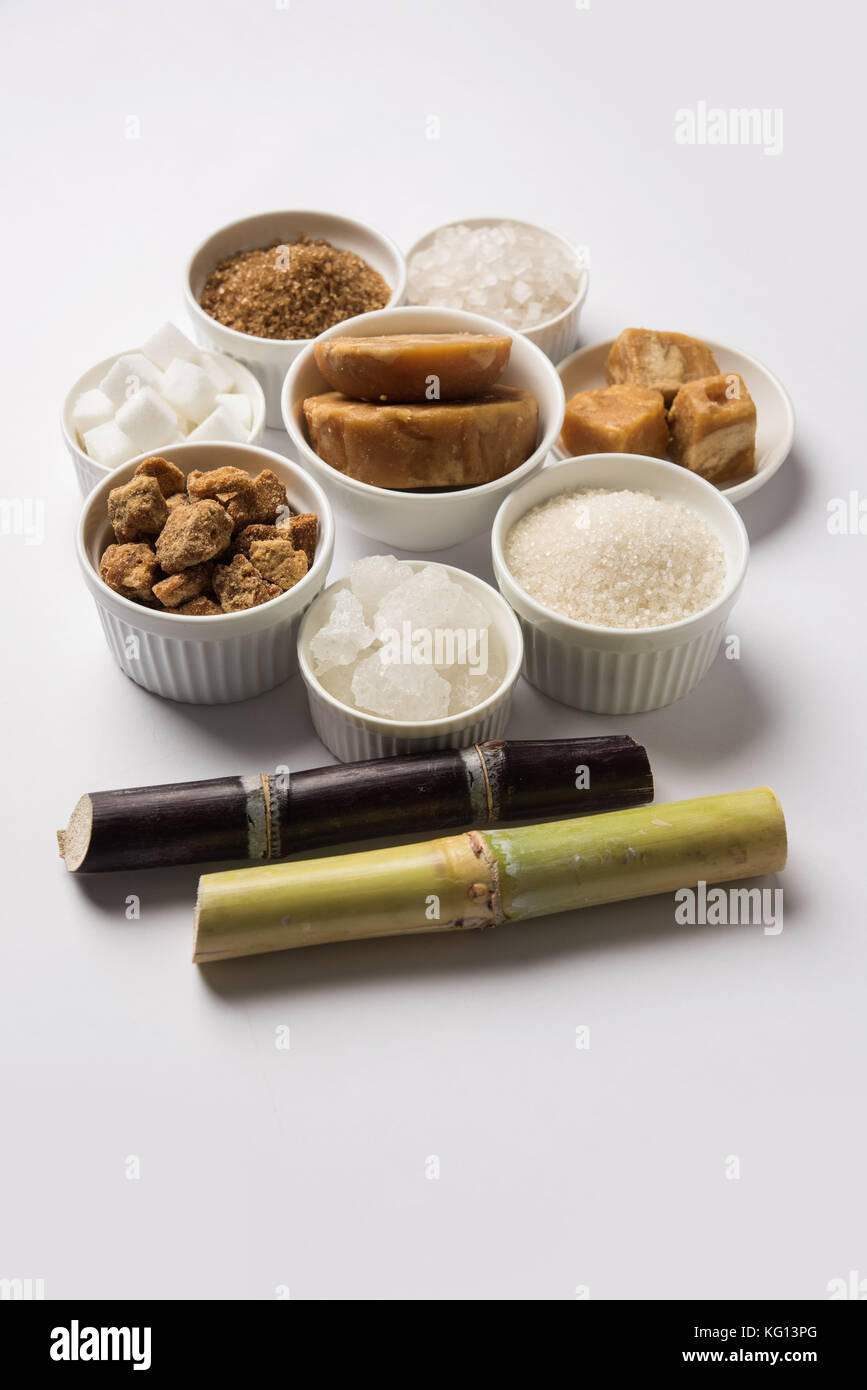Are sugar cane products Offer Health Benefits? Here’s the Truth
A Deep Study Sugar Cane: Insights on Production, Supplies, and Product Growth
Sugar cane plays an essential role in farming, underpinning economies in exotic areas. Its farming involves elaborate processes influenced by various ecological variables. Farmers face considerable difficulties, consisting of environment modification and market variations. Developments in item growth are arising in response to evolving consumer needs. Comprehending these dynamics is important for grasping the future of this essential plant and its effect on international markets. What lies ahead for sugar cane and its myriad applications?
The Relevance of Sugar Cane in Global Agriculture
Sugar cane serves as a necessary plant in worldwide agriculture, underpinning economic situations and food systems in lots of tropical areas. This versatile plant is largely grown for its high sucrose web content, which is fine-tuned into sugar, an essential component in countless food items. Beyond sweetening, sugar cane is additionally essential for creating biofuels, especially ethanol, adding to energy sustainability.The economic importance of sugar cane reaches employment, providing livelihoods for millions of farmers and workers in handling facilities. In a number of nations, sugar cane cultivation and handling stand for considerable sections of agricultural GDP, influencing profession balances and local development.Additionally, sugar cane's versatility to different climates boosts its value as a crop, ensuring regular supply in worldwide markets. Its by-products, consisting of molasses and bagasse, even more diversify its energy, making it an essential part in food, energy, and industry. In general, sugar cane stays a cornerstone of farming productivity worldwide.
Cultivation Processes: From Growing to Harvest
Cultivating sugar cane entails a series of distinct processes that assure excellent growth and return. The cultivation starts with land preparation, where the dirt is tilled to safeguard optimum oygenation and drainage. Following this, seed cane, which contains fully grown stalks, is selected and reduced right into sections (sugar cane products). These segments are then grown in furrows, guaranteeing correct spacing to permit sunlight and nutrient access.Once grown, watering systems are utilized to keep ample moisture degrees, as sugar cane flourishes in humid problems. Weeding and parasite administration are essential during the expanding period to decrease competition for resources. Nutrient application, consisting of plant foods, sustains robust growth. As the plants mature, monitoring for illness and insects continues.Harvesting normally happens 10 to 24 months post-planting, depending upon the range. The walking sticks are reduced short, making certain very little waste, and are rapidly carried for processing to maintain sugar quality
Geographic Circulation of Sugar Cane Production
The geographical circulation of sugar cane production is greatly shaped by particular climate and soil requirements. Major producing countries, such as Brazil, India, and China, gain from tropical and subtropical climates that support the crop's growth. Comprehending these factors offers insight into the worldwide landscape of sugar cane growing.
Significant Making Countries
Although sugar cane is expanded in numerous areas worldwide, particular nations control production as a result of favorable climates and agricultural techniques. Brazil leads the worldwide market, accounting for roughly one-third of overall production, many thanks to its substantial ranches and advanced farming strategies. India complies with as a considerable producer, gaining from both beneficial climate conditions and a large residential market. China and Thailand additionally rank among the leading manufacturers, with reputable frameworks supporting their sugar industries. Various other significant contributors include the USA, Mexico, and Australia, each leveraging their special agricultural systems to enhance result. These countries play a vital duty in the sugar cane supply chain, influencing worldwide costs and schedule
Environment and Dirt Needs
Ideal climate and soil conditions are essential for successful sugar cane production. Sugar cane prospers in exotic and subtropical areas, calling for warm temperatures in between 20 ° C and 30 ° C (68 ° F to 86 ° F) These plants need bountiful sunshine and rainfall, ideally in between 1,500 to 2,500 millimeters yearly, to assure peak growth. The soil must be well-drained, productive, and rich in natural issue, with a pH degree preferably in between 5.5 and 8.5. Sandy loam or clay loam soils are particularly conducive to sugar cane farming, offering required nutrients and water drainage. Geographic circulation is mainly influenced by these elements, with major production locations located in Brazil, India, and China, where environmental conditions align with the plant's needs for growth and return.

Obstacles Dealt With by Sugar Cane Growers
Sugar cane cultivators come across substantial obstacles that impact their source of incomes. Climate change presents uncertain weather condition patterns, affecting plant yield and quality. Additionally, market cost volatility produces monetary unpredictability, making complex long-term planning for these farming producers.
Climate Modification Impacts

Exactly how do environment modification effects impact the stability of sugar cane growing? Increasing temperature levels visit their website and erratic weather condition patterns significantly challenge sugar cane growers. Boosted warm can result in lowered returns, as the plants struggle to thrive in severe problems. Additionally, altered rainfall patterns result in either dry spells or extreme flooding, both detrimental to plant health and wellness. Insects and diseases are most likely to proliferate in warmer climates, additionally threatening production. Dirt deterioration and salinization due to increasing sea degrees can diminish cultivable land. These weather changes urge growers to adjust their methods, often requiring investment in brand-new modern technologies and durable crop ranges. Ultimately, the sustainability of sugar cane growing depends upon resolving these climate tests properly.

Market Value Volatility
Market value volatility provides significant difficulties for sugar cane farmers, affecting their financial security and planning. Variations in market value, driven by variables such as worldwide supply and demand, weather condition conditions, and government policies, develop uncertainty for manufacturers. This unpredictability makes it challenging for growers to anticipate incomes and take care of operating costs effectively. Furthermore, when costs drop unexpectedly, numerous farmers might struggle to cover production expenses, leading to prospective financial distress. To mitigate these risks, some growers transform to agreements or hedging techniques, yet these options may not come to all. Subsequently, market rate volatility stays a consistent issue, affecting the general sustainability and success of sugar cane farming.
Recognizing the Sugar Cane Supply Chain

Market Patterns Affecting Sugar Cane Costs
The characteristics of sugar cane prices are influenced by a range of market patterns that show wider financial problems and consumer behaviors. Global demand for sugar and sugar-related products plays an important duty, with increasing interest in natural and sustainably sourced items driving rates higher. Furthermore, changes in oil costs affect the cost of production and transport, more affecting market rates. Climate patterns are an additional considerable factor; unfavorable conditions can result in lowered yields and raised costs. Profession plans, tariffs, and international arrangements likewise form the marketplace landscape, affecting supply chains and accessibility. Money exchange prices can make complex global profession, influencing rates for both merchants and importers. Changes in customer preferences toward much healthier alternatives may modify need patterns, producing a surge result on sugar cane prices. sugar cane products. Recognizing these interconnected patterns is vital for stakeholders in the sugar market.
Developments in Sugar Cane Item Advancement
Numerous innovations in sugar cane item advancement are reshaping the industry and increasing its applications. Researchers are checking out alternative usages beyond conventional sugar, including biofuels, eco-friendly plastics, and health supplements. Developments in enzymatic handling strategies have improved the extraction of important substances such as antioxidants and vitamins from sugar cane, advertising its usage in functional foods.Additionally, the advancement of genetically customized sugar cane varieties aims to boost yield and resistance to insects, while additionally boosting the dietary account of the plant. Technologies in fermentation procedures have actually led to the production of high-quality liquors acquired from sugar cane, attracting an expanding market for craft spirits.Moreover, sustainable practices in farming and handling are gaining traction, with a concentrate on decreasing ecological impacts. These improvements not only create new market possibilities but additionally foster a more sustainable approach to sugar cane production, aligning with international fads towards environmentally friendly items.
Often Asked Inquiries
What Are the Ecological Impacts of Sugar Cane Farming?
The environmental impacts of sugar cane farming consist of logging, loss of biodiversity, water pollution from plant foods and chemicals, dirt destruction, and greenhouse gas exhausts, all of which greatly add to eco-friendly discrepancies and environment adjustment.
Just How Does Sugar Cane Farming Affect Citizen Economies?
Sugar cane growing considerably influences local economic climates by producing jobs, boosting agricultural sectors, and producing income for farmers. It can additionally lead to financial dependency and fluctuations based on market needs and environmental conditions.
What Are the Key Vermin and Diseases Affecting Sugar Cane?
The main insects influencing sugar cane include the sugarcane borer and aphids. Illness such as red rot and smut considerably influence yield. Farmers have to implement incorporated parasite management methods to mitigate these dangers efficiently.
Just How Is Sugar Cane Processed Into Different Products?
Sugar cane handling involves crushing the stalks to draw out juice, adhered to by explanation, dissipation, and condensation. This process yields raw sugar, molasses, and ethanol, each offering distinctive functions in various industries, from food to energy.
What Are the Nutritional Aspects of Sugar Cane?
The dietary Recommended Site elements of sugar cane consist of important minerals and vitamins, particularly B vitamins, calcium, and iron. It likewise consists of fiber, though largely made up of sucrose, which provides energy yet lacks substantial nutrients.